Deck & Commander Strategies
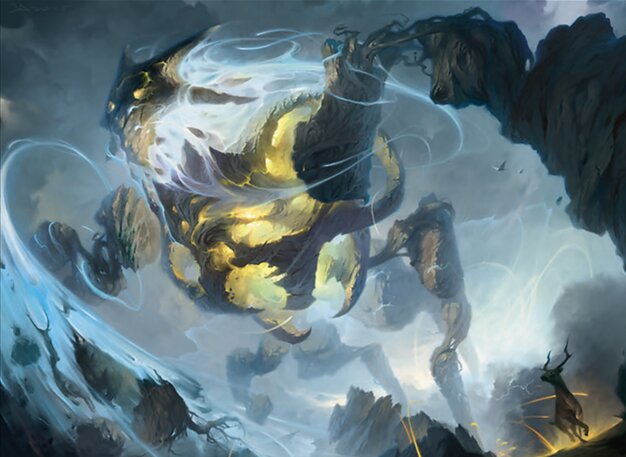
Maelstrom Wanderer
Cascade into powerful creatures and spells to create overwhelming board presence and tempo advantage, focusing on playing big impactful cards quickly.

Meren of Clan Nel Toth
Utilize graveyard recursion to repeatedly bring back creatures, generating incremental value and outlasting opponents through attrition and synergy.
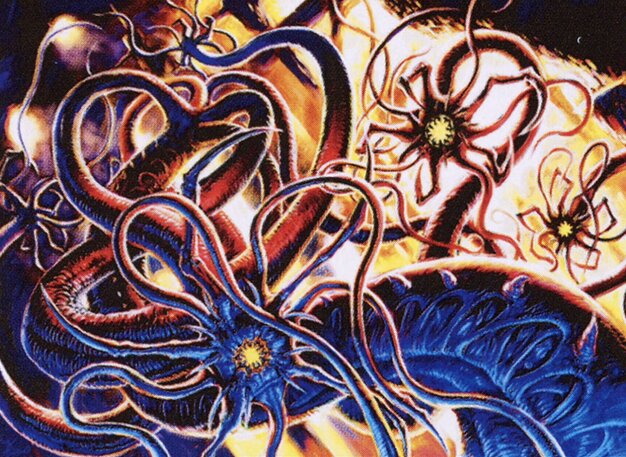
Ulasht, the Hate Seed
Produce and double tokens with Doubling Season and other synergies, using incremental damage and board presence to control the game and pressure opponents.
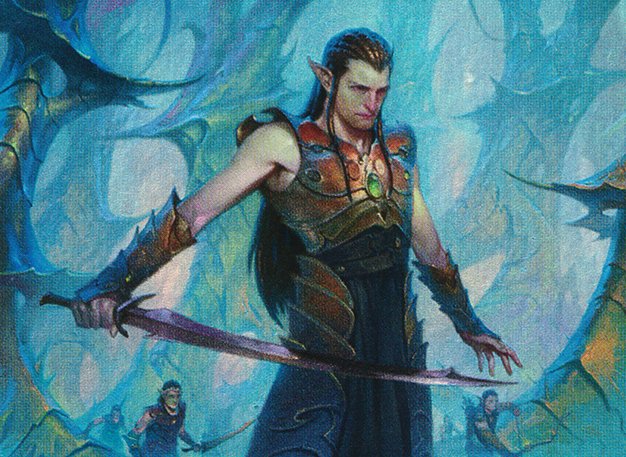
Ezuri, Renegade Leader
Leverage an elf tribal theme to generate numerous tokens and pump them for lethal attacks, focusing on rapid board development and combat damage.
Gameplay Insights
- 1
Players chose to focus on green color identity but complemented it with secondary colors to optimize their respective strategies, balancing ramp, big creatures, and token generation.
- 2
Maelstrom Wanderer’s cascade mechanic introduced unpredictable swings that kept opponents on edge and shifted momentum rapidly.
- 3
Meren’s graveyard recursion proved a critical value engine, allowing continuous board presence even after board wipes or removal.
- 4
Ulasht’s combination of token doubling and incremental damage created a persistent threat that forced opponents to respond quickly or face attrition.
- 5
Ezuri’s elf tribal deck showcased the power of token synergies and pump effects to deliver lethal damage efficiently.
- 6
Players practiced restraint in early turns to avoid becoming early targets, highlighting the political aspect of multiplayer Commander games.
Notable Cards
-
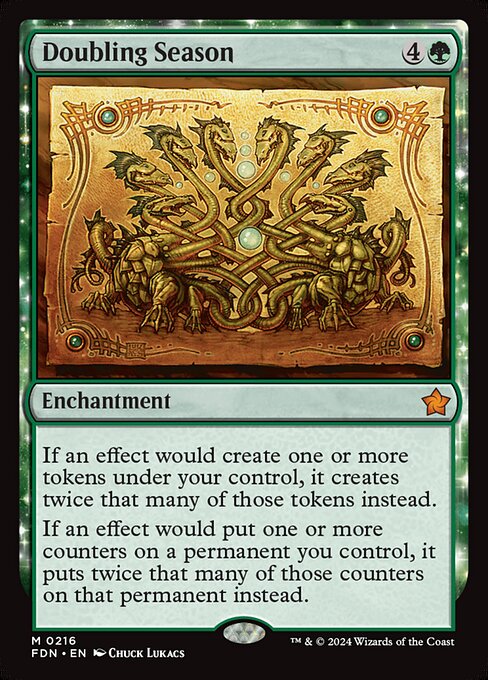
Doubling Season
-
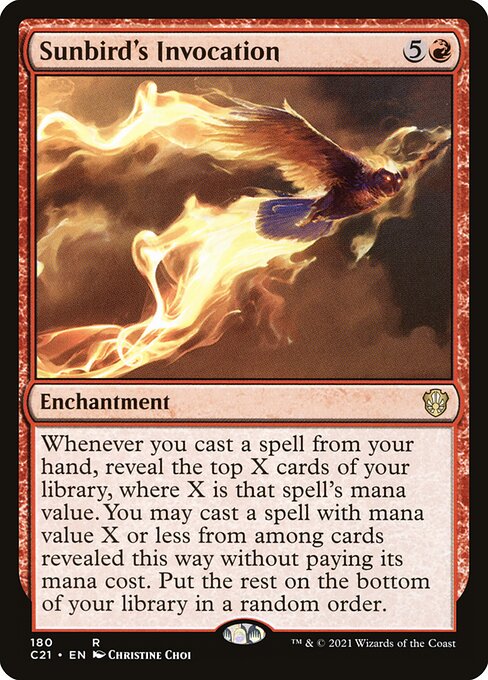
Sunbird's Invocation
-
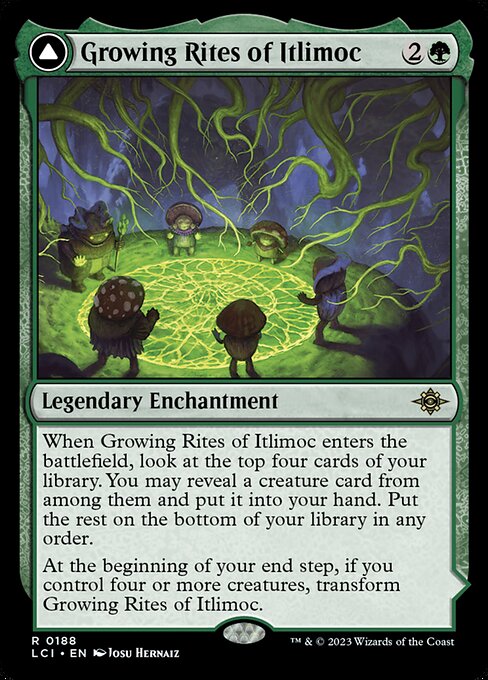
Growing Rites of Itlimoc // Itlimoc, Cradle of the Sun
-
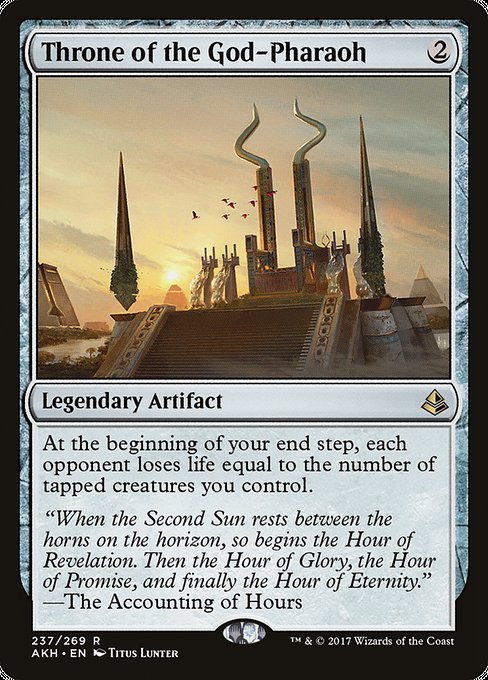
Throne of the God-Pharaoh
-
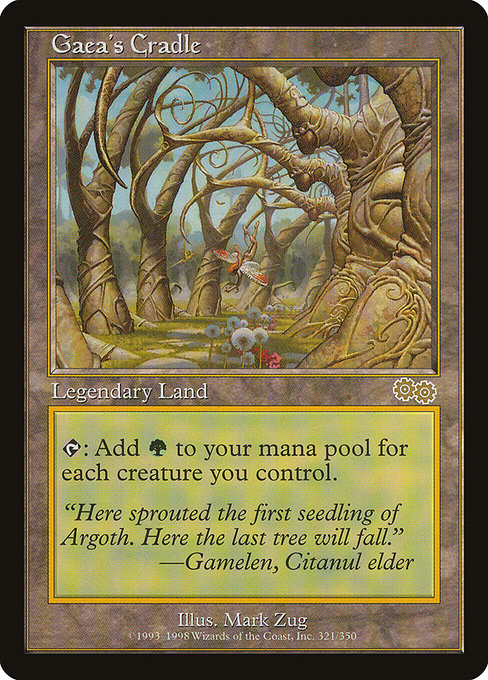
Gaea's Cradle
-
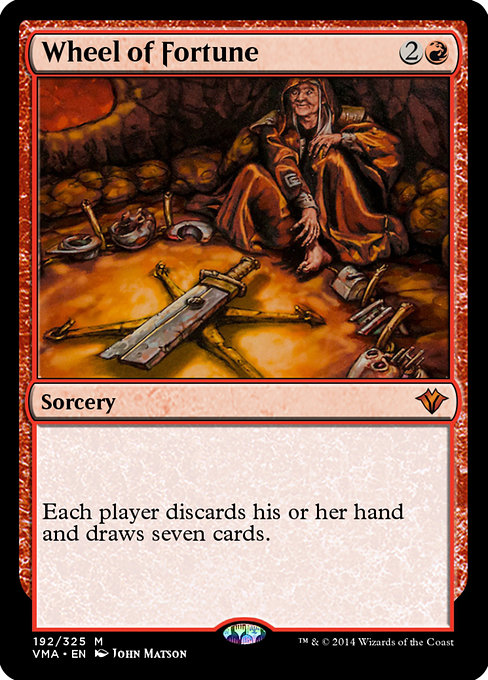
Wheel of Fortune
Gameplay Summary
The Commander multiplayer game featured four decks led by Maelstrom Wanderer, Meren of Clan Nel Toth, Ulasht, the Hate Seed, and Ezuri, Renegade Leader, each piloted by experienced players.
From the start, the game was a chaotic free-for-all with all players opting for decks heavily focused on green, combined with other colors to enhance their strategies.
Maelstrom Wanderer’s deck aimed to play large creatures and powerful spells to overwhelm opponents, while Ezuri’s primarily elf tribal deck sought to swarm the board and pump creatures to lethal sizes.
Meren focused on graveyard recursion, repeatedly bringing creatures back to maintain pressure and value, and Ulasht leveraged red-green abilities to create tokens and gradually chip away at opponents with incremental damage strategies including synergy with Doubling Season and other token boosters.
Early turns saw typical ramp and mana acceleration plays, with players cautiously setting up their boards while eyeing each other's threats and potential combos.
As the game progressed, significant turning points included Meren's efficient use of graveyard recursion to outvalue opponents, and Ezuri’s explosive token generation and combat phases that threatened to end the game swiftly.
Maelstrom Wanderer brought unpredictability with cascade effects that dropped large creatures and spells, adding chaotic tempo shifts.
Ulasht's use of Doubling Season and token synergies created board states that demanded immediate answers.
The game’s tension was heightened by diplomatic considerations as players debated targeting to avoid early elimination.
Ultimately, the game revolved around maintaining board presence, leveraging creature synergies, and timely removal with the win condition revolving around either overwhelming opponents with large creatures or incremental token damage amplified by doubling effects.
The dynamic interplay of graveyard recursion, cascade-based big creatures, and elf tribal token swarms defined the gameplay’s flow and climax.













![Commander Versus Series: Momir v. Gwafa v. Marrow-Gnawer v. Maelstrom Wanderer [MTG Multiplayer] thumbnail](https://i.ytimg.com/vi/WdlHQqhXgtU/sddefault.jpg)
![Commander Versus Series: Mimeoplasm v. Melek v. Maelstrom Wanderer v. Prossh [MTG Multiplayer] thumbnail](https://i.ytimg.com/vi/H3JROxdcaPo/sddefault.jpg)

![Commander VS: Meren vs Kaalia vs Derevi vs Freyalise [Commander Anthology] thumbnail](https://i.ytimg.com/vi/Qx6Xp6fw7sU/sddefault.jpg)
![Commander VS S3E5: Meren vs Ezuri vs Daxos vs Mizzix [MTG: Multiplayer] thumbnail](https://i.ytimg.com/vi/loGTYPhi5mA/sddefault.jpg)
![Commander Vs Special: Meren vs Mizzix vs Ezuri vs Daxos [MTG: Multiplayer] thumbnail](https://i.ytimg.com/vi/7hdwKwKQk8s/sddefault.jpg)













![Ezuri vs Kumena vs Niv-Mizzet vs Edric [EDH Commander] Gameplay 2020 thumbnail](https://i.ytimg.com/vi/EJp7VZyC3AE/sddefault.jpg)
![Darien vs Ezuri vs Ishkanah vs Zurgo [EDH/Commander, Magic The Gathering Gameplay] 2021 thumbnail](https://i.ytimg.com/vi/GpdgWWzj4bg/sddefault.jpg)
![Commander VS S7E1: Dune-Brood vs Ulasht vs King Macar vs Tasigur [MTG] thumbnail](https://i.ytimg.com/vi/Pgz8174J9dw/sddefault.jpg)
![Commander Vs S2E6: Ulasht vs Vorel vs Mirko Vosk vs Ghost Council [MtG: Multiplayer] thumbnail](https://i.ytimg.com/vi/LJUddrBSel8/sddefault.jpg)